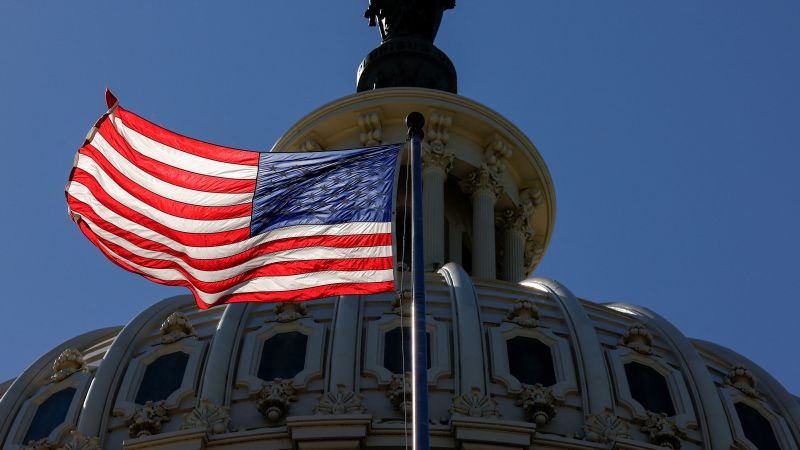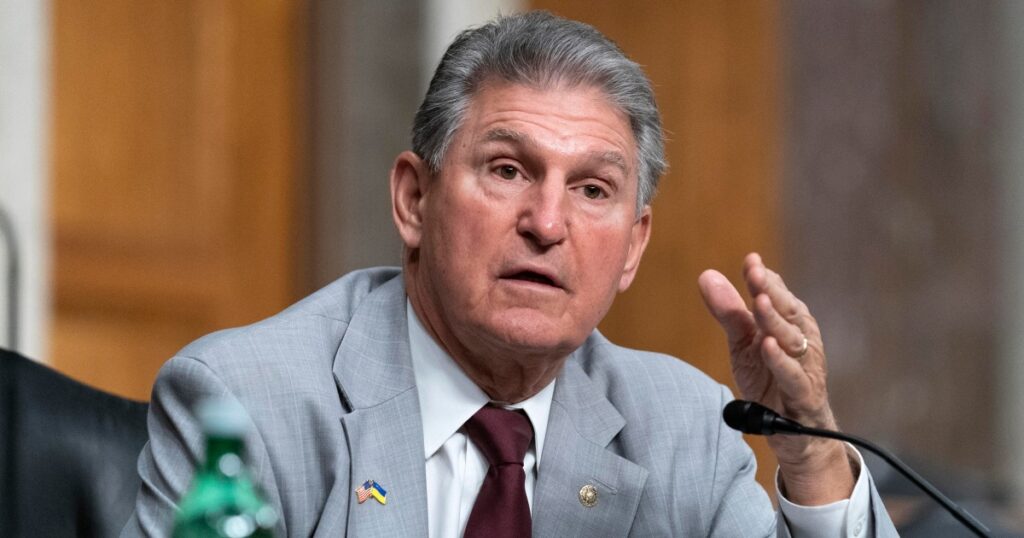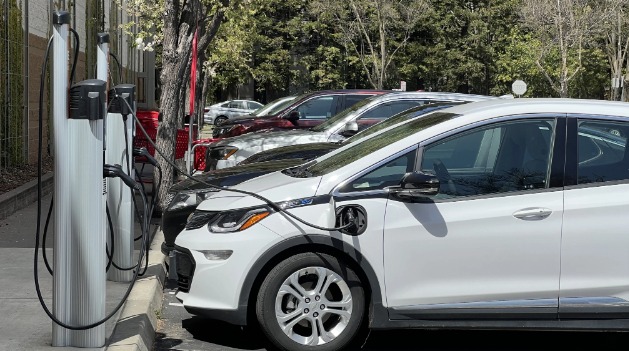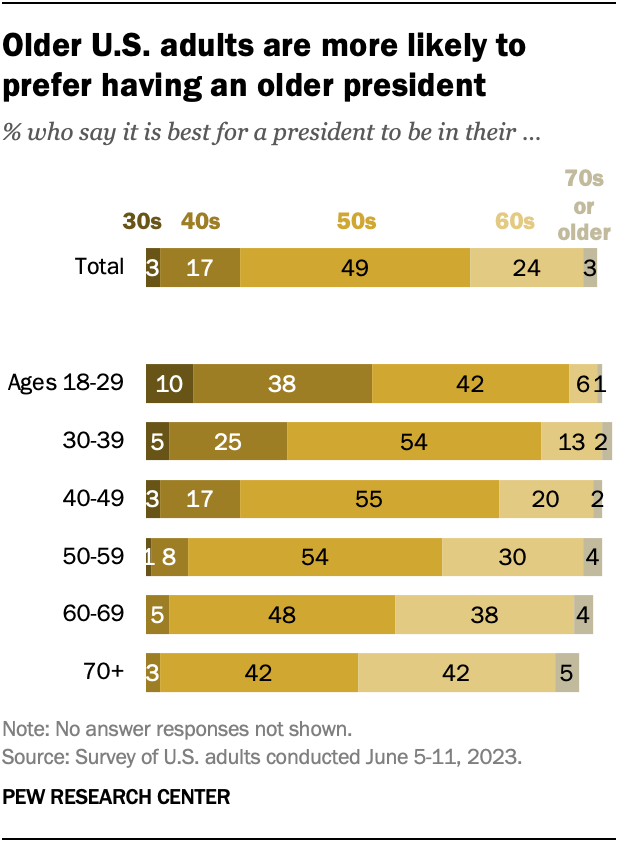CNN
—
Much remains unknown of course about the presidential general election whose traditional kick-off will come one year from today on Labor Day, 2024.
But one thing is already clear: the race will almost certainly be decided by a handful of voters in the very few states not entirely secure for either party.
The roster of swing states that both sides can genuinely hope to win may be as small next year as at any point in modern history – no more than seven or eight and perhaps as few as four. On such a concentrated battlefield, the margin between success and failure for the two parties may be achingly narrow and the competition for voters fiercely intense.
“Never have so few people had such a big impact in deciding the future of American politics,” said Doug Sosnik who served as the chief White House political adviser for Bill Clinton.
Multiple measures track the evolution of what could be called the incredible shrinking presidential battlefield.
The most revealing is the growing number of states where either party has established a consistent advantage in the presidential race. Twenty states have voted for the Democratic nominee in each of the past four presidential elections, from Barack Obama’s first win in 2008 through Joe Biden’s victory in 2020. Twenty states have likewise voted for the GOP presidential nominee in all four of those contests.
That means 40 of the 50 states, or 80%, have voted the same way in four consecutive presidential elections. That’s the highest level of such consistency since the turn of the 20th century. Even when Franklin D. Roosevelt won four consecutive elections from 1932 through 1944, only about two-thirds of the states voted the same way each time. Just under three-fourths of the states voted the same way in the four consecutive Republican presidential victories from 1896 to 1908. From 1976 through 1988, only half the states voted the same way each time.
And while it’s striking enough that just 10 states have flipped between the parties at any point since 2008, even many of those are not considered real swing states at this point: that list includes Indiana, Iowa, Ohio and Florida, which have all voted solidly Republican in the Trump era. North Carolina, another of the 10 switchers, hasn’t moved as definitively, but has tilted reliably red in federal elections since Obama won it in 2008.
Kyle Kondik, managing editor of Sabato’s Crystal Ball, published by the University of Virginia’s Center for Politics, points to another measure of the contracting battlefield. In the razor-thin presidential elections of 1960 and 1976, he points out, states awarding about 70% of the total Electoral College votes were relatively competitive each time, by which he means that the margin of victory in them for either side was within four percentage points of the overall national popular vote.
In the presidential elections of 2012, 2016 and 2020, though, the states where the margin of victory landed within four points of the national vote total dwindled. Over those three elections, Kondik said, such competitive states accounted for less than one-third of all Electoral College votes. “We are in this era of close presidential general elections, but not that many close states,” he said.
These changes will most likely leave the two sides scrapping over a very small list of battleground states next year. The Crystal Ball publication recently tabbed only four states as genuine tossups for 2024, while identifying four others as “leaning” states that favored one side but might still fall to the other. The non-partisan Cook Political Report with Amy Walter identified four states as toss-ups and three as leaners.
Both of these analysts, as well as Sosnik, identify the same states as potentially the most competitive, though they differ slightly in how they rank them. Generally, all the analysts agree that Arizona, Georgia and Wisconsin, three states that flipped from Trump in 2016 to Biden in 2020, remain toss ups. They also agree that Michigan, Nevada, and Pennsylvania, which Biden won, and North Carolina, which backed Trump, are likely to remain at least somewhat competitive. One difference is that the Crystal Ball identified Nevada as the fourth toss-up and categorized Pennsylvania as leaning toward the Democrats, while the Cook team reversed those designations. Another is that the Crystal Ball team, as well as Sosnik, put New Hampshire on the list of states that lean Democratic, while Cook considers it more safely blue.
<div data-uri="cms.cnn.com/_components/video-resource/instances/h_cd40046faefdc24540e9a5c227cce7b8-h_b23665bf2dbb4ef4d60ba63203f240e1-paragraph_80F13283-AD09-3362-A0A6-604D71E84A6C@published" data-component-name="video-resource" data-editable="settings" class="video-resource" data-fixed-ratio="16×9" data-video-id="politics/2023/09/03/tim-kaine-14th-amendment-jocelyn-benson-trump-acostanr-vpx.cnn" data-live="" data-analytics-aggregate-events="true" data-custom-experience="" data-asset-type="" data-medium-env="prod" data-autostart="false" data-show-ads="true" data-source="CNN" data-featured-video="true" data-headline="See what senator said about Trump and the 14th amendment" data-description="Sen. Tim Kaine (D-VA) says " "there's a powerful argument to be made" for barring Donald Trump from 2024 presidential ballot based on the 14th Amendment'. Michigan Democratic Secretary of State Jocelyn Benson talks about why this is uncharted waters." data-duration="03:16" data-source-html=' – Source:
CNN
‘ data-fave-thumbnails='{“big”: { “uri”: “https://media.cnn.com/api/v1/images/stellar/prod/230901093100-donald-trump-0824.jpg?c=16×9&q=h_540,w_960,c_fill” }, “small”: { “uri”: “https://media.cnn.com/api/v1/images/stellar/prod/230901093100-donald-trump-0824.jpg?c=16×9&q=h_540,w_960,c_fill” } }’ data-vr-video=”” data-show-html=’ Newsroom
‘ data-check-event-based-preview=”” data-network-id=”” data-details=”” readability=”5.8085106382979″>

See what senator said about Trump and the 14th amendment
After the results in the 2022 election, my own judgment is that the list of true swing states entirely within reach for either side may dwindle to no more than Arizona, Georgia, Nevada and Wisconsin.
Anyone who can actually win the GOP nomination would likely be too conservative, especially on social issues, to win New Hampshire. And while any Republican nominee would surely try to keep Michigan and Pennsylvania in play next year, that may not be easy.
The key to Trump’s winning the White House in 2016 was his success in dislodging Michigan and Pennsylvania, as well as Wisconsin, from what I termed the “blue wall”: the 18 states that voted Democratic in all six presidential elections from 1992 through 2012. But since Trump’s initial breakthrough, Democrats have regained ground in all three of those Rustbelt states, with Biden recapturing each in 2020 and the party winning their gubernatorial elections in 2018 and 2022.
Democrats won the governorship in all three states last year by margins that far exceeded Biden’s 2020 totals, posting especially strong performances in the white-collar suburbs that have proven the most resistant to the Trump-era GOP. That success was especially striking because it came despite exit polls showing that most voters were negative on both the economy and Biden’s job performance. Democrats overcame those headwinds to win decisively in the Michigan and Pennsylvania gubernatorial contests (as well as a Pennsylvania Senate race) largely behind preponderant support from the large majority of voters in each state who wanted abortion to remain legal. Those results underscored how difficult it may be for the GOP to retake Michigan and Pennsylvania while abortion rights remain front and center for voters.
Wisconsin is an inherently closer state than those two; Democrats won the governor’s race last year by a much smaller margin than in Michigan or Pennsylvania and Republican Sen. Ron Johnson narrowly won reelection there. But the landslide win this spring for a Democratic state Supreme Court justice in a race that revolved around abortion rights suggests that even Wisconsin may now tilt somewhat Democratic while that issue is so prominent.
Conversely, Democrats are hoping that the move by the Republican-controlled state legislature to impose an unpopular abortion ban in North Carolina over the veto of Democratic Gov. Roy Cooper might allow the party to reverse its decline there since Obama’s breakthrough win in 2008. But Democrats have not built the sort of voter mobilization infrastructure in the state that has propelled their advance in Georgia and Arizona and most in both parties believe it remains an uphill (though not inconceivable) climb for them in 2024.
With so few states truly in play, the amount of advertising aimed at voters within them through every conceivable medium will likely be overwhelming. “You won’t be able to escape it,” said Erika Franklin Fowler, co-director of the Wesleyan Media Project at Wesleyan University. “I’d be hard pressed to put a number on it, but the citizens there no matter what screen they are on – whether they are on a mobile device, tablet, television, gas pump – they will be seeing ads everywhere.”
This early ranking of the states has momentous, but somewhat contradictory, implications. The most obvious is that if it holds, Democrats would start much closer than Republicans to the 270 Electoral College votes required to win the presidency. If the GOP can’t reverse the recent movement of Michigan and Pennsylvania back toward the Democrats, “then it’s a real narrow path for the Republicans,” as Kondik says.
That’s apparent when considering one scenario Democrats often discuss when looking to next year. Of the 20 states that have voted Democratic in at least the past four presidential elections, Nevada is the one that seems most within risk of tipping toward the GOP. But even if Republicans peel away Nevada next year, holding Michigan and Pennsylvania would allow Biden to reach at least 270 Electoral College votes if he captures any of Arizona, Georgia or Wisconsin. (The asterisk is that to reach 270 while winning only Wisconsin would also require Biden to hold the Democratic-leaning second Congressional District in Nebraska, one of the two states that awards some of its Electoral College votes by district.) Put another way, the eventual GOP nominee will likely be operating with a smaller margin for error in 2024 than Biden will.
Yet this shrinking map could also have the paradoxical effect of allowing the campaigns to at least test the waters in more states than in 2020.
<div data-uri="cms.cnn.com/_components/video-resource/instances/h_ffafcd432e91202904164ba5ea725f35-h_b23665bf2dbb4ef4d60ba63203f240e1-paragraph_2F10C8D9-119E-75C6-E2E6-604EE46A8D8A@published" data-component-name="video-resource" data-editable="settings" class="video-resource" data-fixed-ratio="16×9" data-video-id="politics/2023/08/09/john-king-iowa-voters-2024-gop-candidates-all-over-the-map-orig-vpx.cnn" data-live="" data-analytics-aggregate-events="true" data-custom-experience="" data-asset-type="" data-medium-env="prod" data-autostart="false" data-show-ads="true" data-source="CNN" data-featured-video="true" data-headline="Some GOP voters in this key election state aren't backing Trump. Hear why" data-description="CNN's John King talks to Republican voters in Iowa who tell him which 2024 GOP contenders they're standing behind, and why." data-duration="05:16" data-source-html=' – Source:
CNN
‘ data-fave-thumbnails='{“big”: { “uri”: “https://media.cnn.com/api/v1/images/stellar/prod/230809220609-vpx-iowa-voters-split-2.jpg?c=16×9&q=h_540,w_960,c_fill” }, “small”: { “uri”: “https://media.cnn.com/api/v1/images/stellar/prod/230809220609-vpx-iowa-voters-split-2.jpg?c=16×9&q=h_540,w_960,c_fill” } }’ data-vr-video=”” data-show-html=’ Anderson Cooper 360
‘ data-check-event-based-preview=”” data-network-id=”” data-details=”” readability=”5.8378378378378″>

Some GOP voters in this key election state aren’t backing Trump. Hear why








